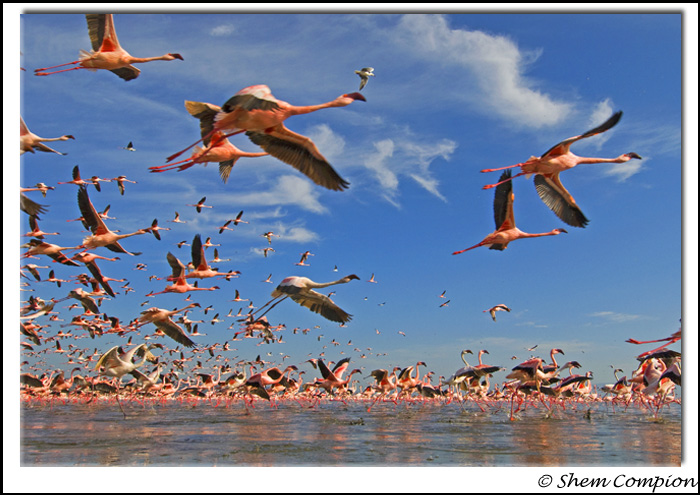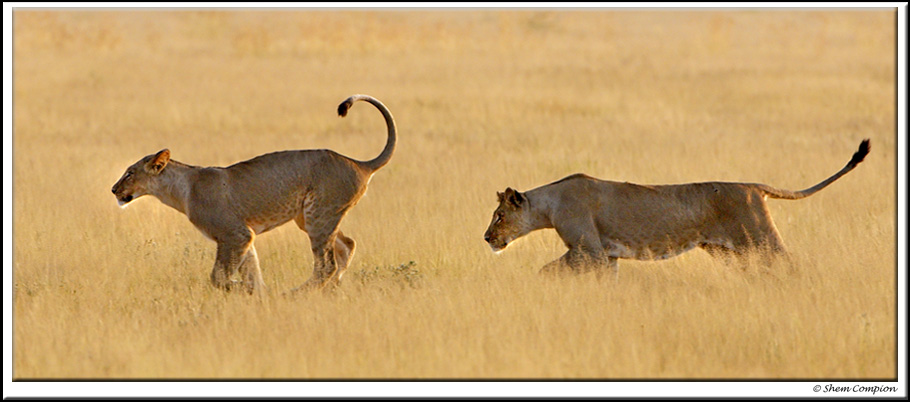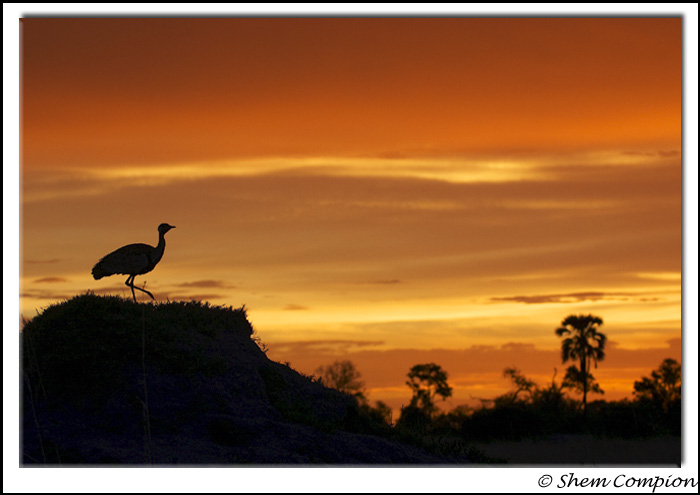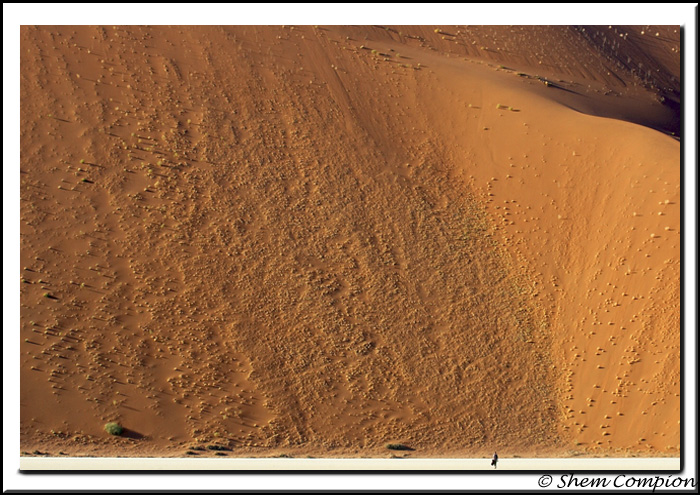So it was with dismay that on our last day on the river that our guide took us past a sandbank that had about 10 nesting pairs on it. As we rounded the corner, I was amazed to see three mokoros (dugout canoes) on the sand bank and 6 men fishing on the bank. Of course the skimmers were going ballistic and their chicks were scurrying around in the scant grass cover on the sandbank. I was livid and after convincing our driver, we boated up to them and asked them very nicely to leave. It all ended well and they agreed to leave the sandbank, but the reality of the situation was there for all to see. These birds really do breed in marginal conditions and in a very small time frame- seeing all these interference as we did; their vulnerability became very apparent.
Thus I pose the question- what are our images doing to help species such as the African Skimmer? The large numbers of bird photographers, fisherman and tourists who visit this specific area, pumping hard currency into the lodges, are evidently not having much visible and practical effect on the ground. We saw the result right there with those fishermen.
It’s been something I have been thinking about for a while now: “What influence do the photographs we take have?” It’s a question that provokes a lot of interest from conservationists and nature photographers alike.
I’ve heard arguments that photographs, just by being printed in media, create awareness of the species or places they represent. That may be somewhat true, but it’s not of direct benefit to conservation. Through some mediums they do affect their conservation, but what does a certain brand of Brandy actually do for the status of the Fish Eagle that they use as their Symbol; Other than draw metaphors between the bird they represent and their brandy? We see nature and wildlife represented in the media every day but with very little or no actual benefit to the actual species or areas they represent.
This question was brought to the fore when photographing the skimmers. I always like to photograph subjects in unique ways and especially in different light. This was exactly the same here. I was very keen to represent this bird in a different manner to the norm. Seeing the results, of which this is one, it struck me. “If I want to show subjects in a new manner, or different light- why is that?” The answer became quite clear: “To make people appreciate these beautiful creatures”. If people appreciate, they will respond. But it had to go one step further. I still feel that an image on its own is just that- an image.
That is how the inspiration for ‘Mutual Benefit’ came into being.
To be able to make my images worth more than their commercial value, I decided to make them available to all natural history research, education facilities and conservation projects- FOR FREE.
This is my way of giving something back to the places I visit with all the photographs that I take. These images now have a unique opportunity to be part of science, teaching, learning and research- attributes which directly contribute to the saving of the animal species we love to photograph so much.
Thus this image is quite poignant- the skimmer is flying in the absolute last light of day. Does it represent a future fading into darkness through lack of conservation and research, or does it represent a new dawn of forward thinking and pro-active conservation?
The optimist in me believes in the latter. Also, I know this image was taken in the first light of day…! Significant?
I hope so.
Exposure information
Nikon D300 - 200-400mm
Exposure – f 5 Shutter Speed: 1/1000sec
Exp. Comp. - 0. EV
ISO - 500
Flash sync– not attached, Exposure mode– Manual, Metering Mode– centre
File type– NEF (RAW)
Focal length: 380 mm (570mm 35mm Equivalent)
Handheld on Boat
This article first appeared on shemimages.com
Read more!










